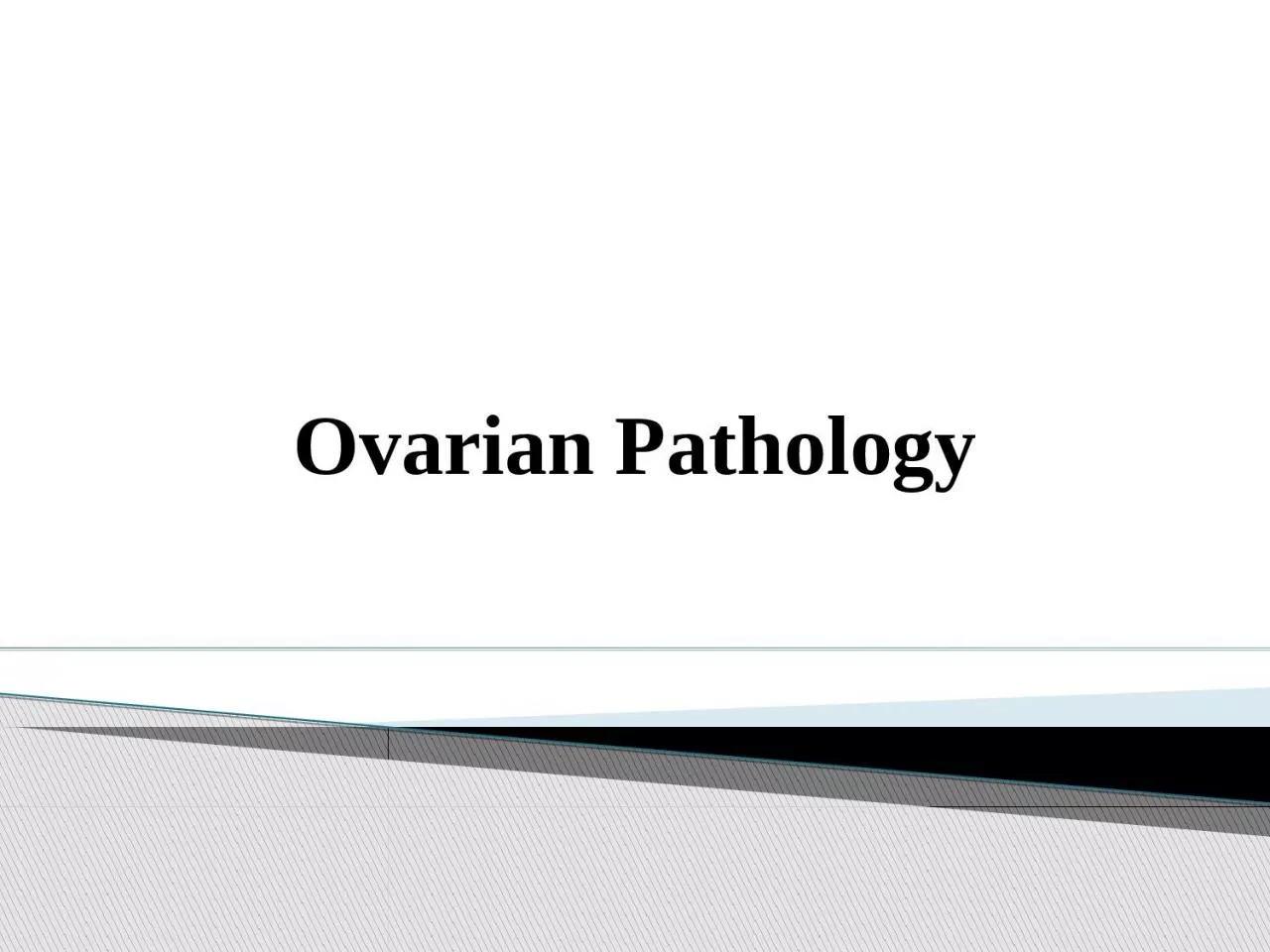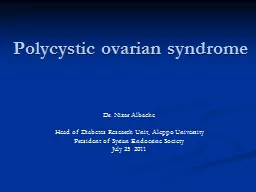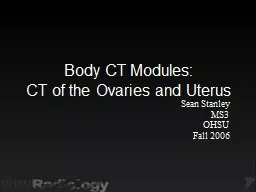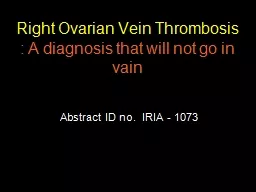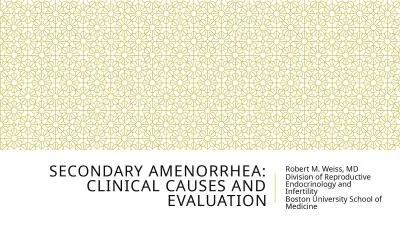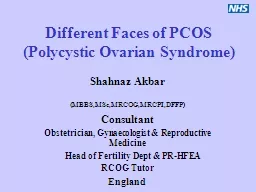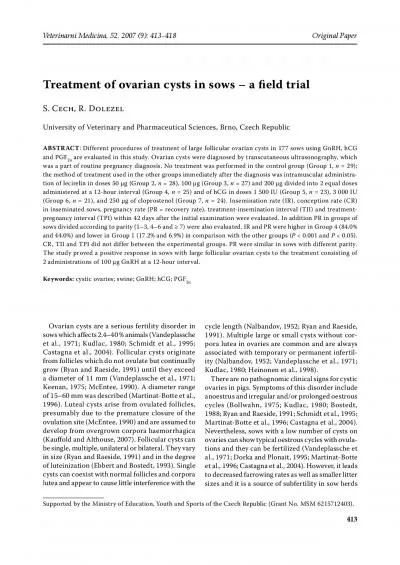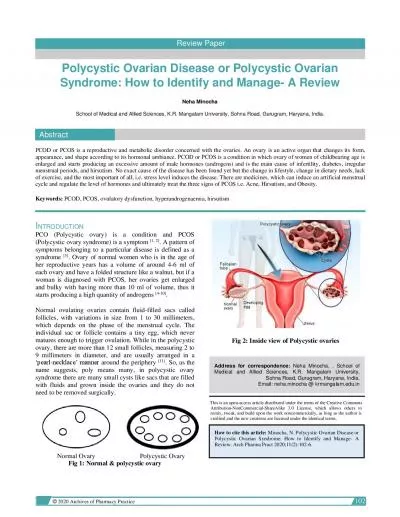PPT-Ovarian Pathology POLYCYSTIC OVARIES (also called
Author : riley | Published Date : 2022-06-18
Stein Leventhal syndrome oligomenorrhea hirsutism infertility and obesity usually in girls after menarche secondary to excessive production of androgens by multiple
Presentation Embed Code
Download Presentation
Download Presentation The PPT/PDF document "Ovarian Pathology POLYCYSTIC OVARIES (al..." is the property of its rightful owner. Permission is granted to download and print the materials on this website for personal, non-commercial use only, and to display it on your personal computer provided you do not modify the materials and that you retain all copyright notices contained in the materials. By downloading content from our website, you accept the terms of this agreement.
Ovarian Pathology POLYCYSTIC OVARIES (also called : Transcript
Download Rules Of Document
"Ovarian Pathology POLYCYSTIC OVARIES (also called "The content belongs to its owner. You may download and print it for personal use, without modification, and keep all copyright notices. By downloading, you agree to these terms.
Related Documents

